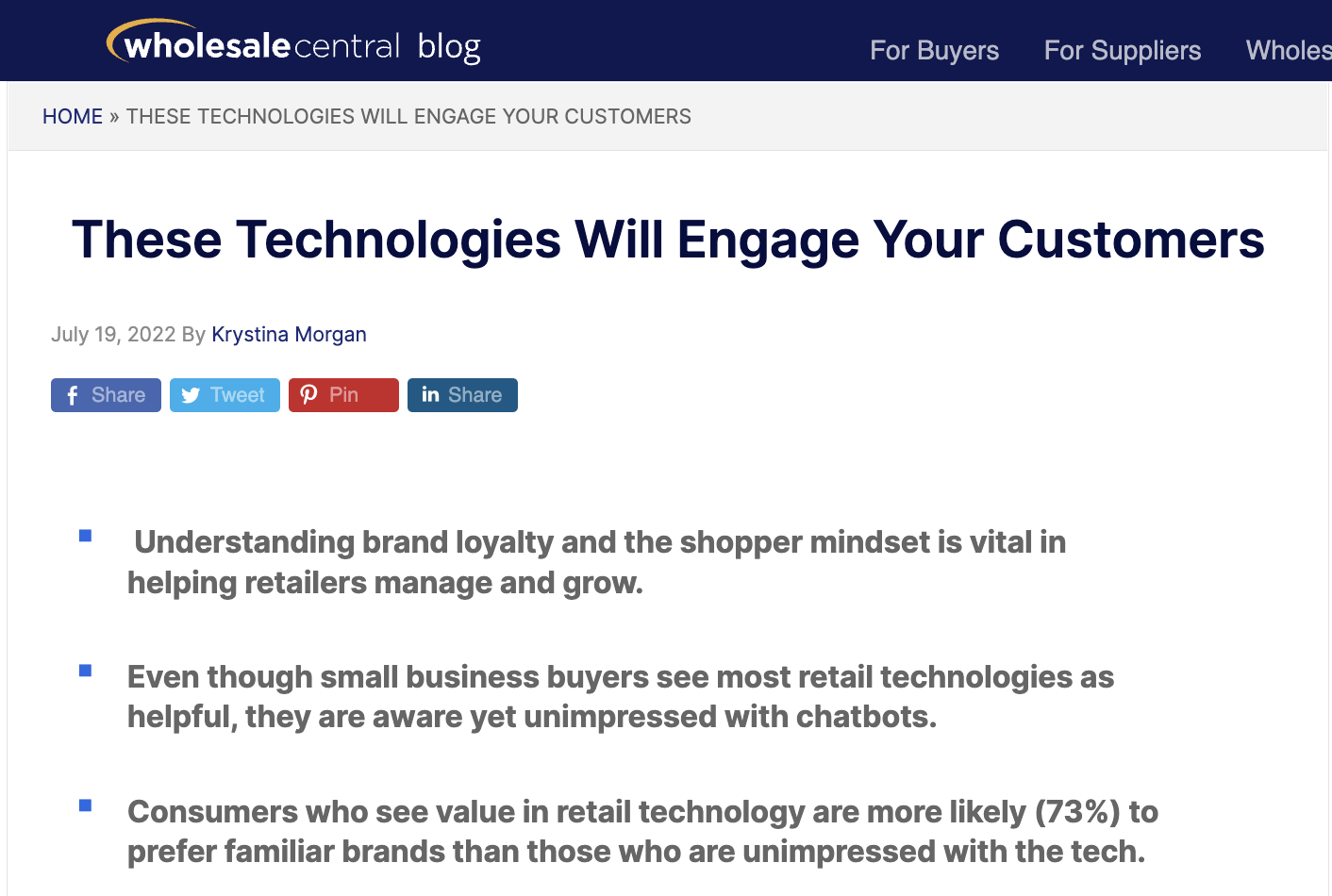The rapid development of the internet and technology has opened up exciting new platforms and ways of connecting with others like never before. The recent entrance of the metaverse, in particular, has started to get people questioning how the future of social connection will look. Important questions arise, such as:
- What are the ways that people will be interacting with the metaverse?
- How long, if ever, will it take for this platform to become ubiquitous?
- How will the metaverse change the structure of how we socialize in the material world?
- How will the metaverse affect business and consumption?
- How can the metaverse be utilized for digital advertising and market research?
While many of these questions cannot yet be answered, it is interesting to speculate how this platform will change how individuals and businesses operate. Similar to the effects of social media such as Facebook and Instagram, we could be standing on the precipice of another shakeup to the structures we are so familiar with.
What is the metaverse?
Before getting into the specifics of the effects of the metaverse, it is first important to explain what it is. The metaverse is a virtual reality network in which anyone can join and collaborate with others. Users engage with a headset that immerses their sight and sound into virtual reality. They can do a wide range of activities, from playing games to talking in chat spaces to building worlds, and the capacity for its use is only growing. Every user has a customizable avatar that can be a realistic or unrealistic representation of their identity.
How the metaverse can be a tool for market research
While the metaverse will undoubtedly affect how we socialize, it will also affect less obvious fields, like market research. While little to none of the following examples are in effect now, they all represent possible changes and even improvements to how market research is conducted.
Virtual Focus Groups & Qualitative Research
One interesting direction for market research is the implementation of virtual focus groups and interviews. Instead of meeting on Zoom, as many companies do, individuals could interact with their interviewees through the metaverse. This could make respondents feel more comfortable, as they can maintain their anonymity while still feeling a person-to-person connection with the interviewer. Furthermore, potentially standardizing all avatars to look a certain way may limit the implicit bias of the interviewer because aspects of the respondent’s identity don’t need to be specified.
Virtual Meetings with Clients
Another way to utilize social interaction in the metaverse is virtual meetings with clients. Again, the metaverse can make the meetings more personable than Zoom while still serving to eliminate bias. Especially in the age when clients and vendors meet less often in person, it could function as a better substitute than Zoom.
A New Way to Survey
A way of integrating surveying into the metaverse is through virtual product testing. This could mean having users enter a virtual supermarket and monitoring which products they would purchase on an average shopping trip. Different simulations could include various iterations of the product design. Instead of simply asking participants what items they would choose to purchase, one could get a more realistic understanding of habits and brand perception by seeing how people act in a simulated setting.
Increased Opportunities for Market Segmentation
The introduction of the metaverse opens up a whole new market of people to target. Marketing efforts designed to target metaverse users could help businesses with product differentiation and brand awareness among a new population segment. For example, companies could pay to have their product placed at a virtual event or integrated into a game.
Rediscovering Universal Truths
As the metaverse gains popularity, it will be interesting to find points of differentiation between how users engage with products online versus in virtual reality. For example, people will often purchase products that align with their self-perception. It will be interesting to see how this applies to the metaverse, as users can choose a potentially new avatar and persona.
Conclusion
As the metaverse changes how people interact with their environment, it opens up new market research and business directions. Perhaps as we continue to transition more interactions and services online, there will be a pendulum swing back to in-person socialization. Perhaps digital product testing will not be applicable to the material world, given users’ perception of the metaverse as intrinsically fantastical. However, the possibilities are endless now, and the metaverse might be the next big thing.
Interested in reading more on market research? Check out our other blogs here.
Are you interested in our market research capabilities?










